IL License Number: 104.017181
IL License Number: 104.017181
Replacing the siding on your home is a significant remodeling project – but one that can refresh your home’s look and improve its protection. Siding is like your home’s protective skin, keeping out weather and pests while adding curb appeal. Because of these important roles, a siding replacement can come with a wide range of costs depending on your home and the material you choose.
On average, homeowners in the U.S. spend around $11,000 on a full siding replacement, but prices typically range from about $5,500 up to $17,000 in most cases. The extremes can vary even more: a small section repair might cost only a few hundred dollars (as low as ~$250), whereas replacing the siding on a large home with high-end materials could run $40,000 or more. In fact, using premium materials like full brick or stone on an expansive house can push costs toward the $80,000–$90,000 range. The good news is that there are many siding options to fit different budgets and needs.
Below, we’ll break down the costs of various siding materials, explain what factors influence those costs, and cover other key considerations for a siding project.
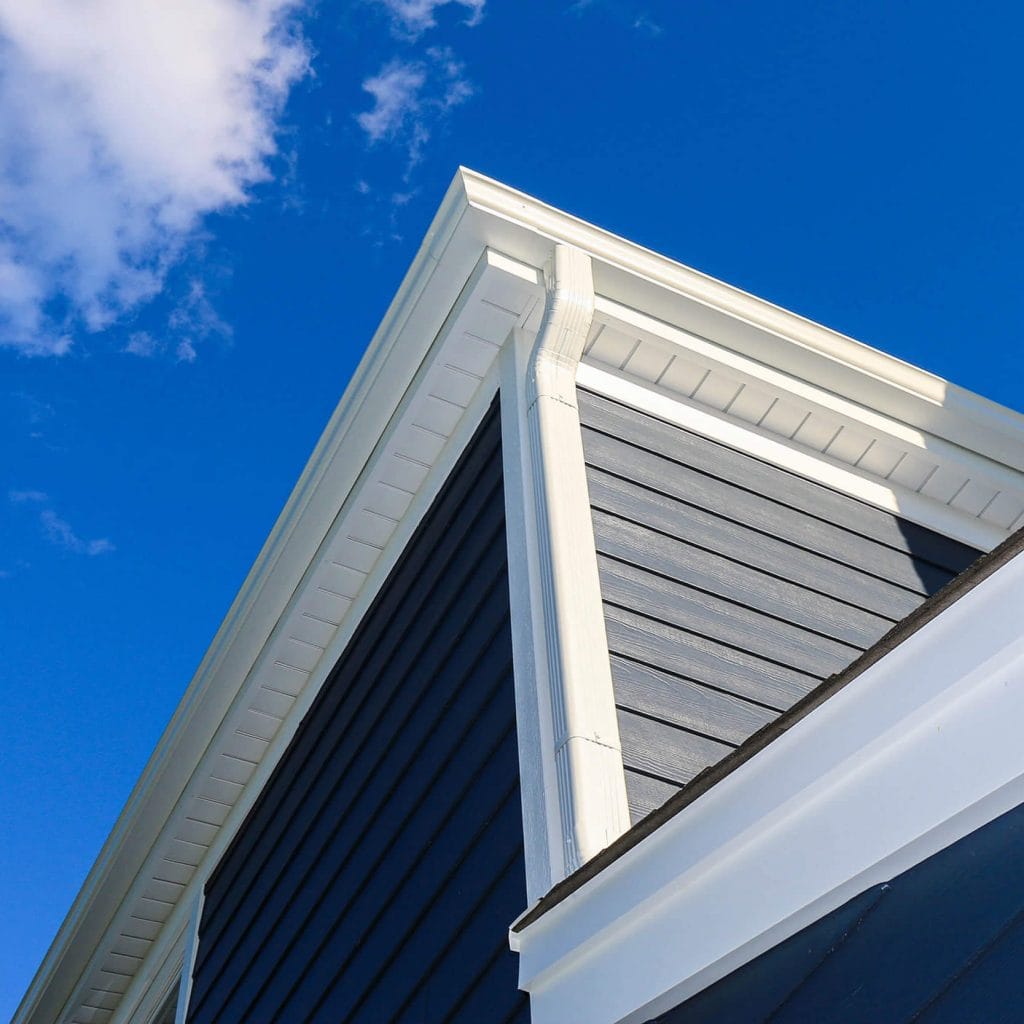
The material you choose for your siding has the biggest impact on your project’s cost. Siding materials range from budget-friendly (like vinyl or engineered wood) to high-end luxury (like natural stone). Each type has its own price range, lifespan, and pros and cons. The table below gives an at-a-glance comparison of common siding options (with costs for different house sizes):
| Siding Material | Cost per sq. ft. (installed) | Small House (1,000–1,500 sq. ft.) | Medium House (2,000–2,500 sq. ft.) | Large House (3,000–5,000 sq. ft.) | Lifespan (years) |
|---|---|---|---|---|---|
| Vinyl Siding | $4 – $12 | $4,000 – $18,000 | $8,000 – $30,000 | $12,000 – $60,000 | 30 – 40 |
| LP SmartSide Siding (Engineered Wood) | $7 – $12 | $7,000 – $18,000 | $14,000 – $30,000 | $21,000 – $60,000 | 30 – 50 |
| James Hardie Siding (Fiber Cement) | $6 – $15 | $6,000 – $22,500 | $12,000 – $37,500 | $18,000 – $75,000 | 50 – 75 |
| Aluminum Siding | $6 – $10 | $6,000 – $15,000 | $12,000 – $25,000 | $18,000 – $50,000 | 25 – 40 |
| Cedar Siding (Natural Wood) | $6 – $16 | $6,000 – $24,000 | $12,000 – $40,000 | $18,000 – $80,000 | 20 – 40 |
| Brick Siding | $8 – $18 | $8,000 – $27,000 | $16,000 – $45,000 | $24,000 – $90,000 | 20 – 75 (faux); 100+ (real) |
| Stone Siding* | $10 – $45 | $5,000 – $20,000 | $10,000 – $25,000* | $15,000 – $45,000 | 30 – 75 |
| Steel Siding | $7 – $16 | $7,000 – $24,000 | $17,500 – $40,000 | $21,000 – $80,000 | 40 – 70 |
| Stucco Siding | $7 – $17 | $7,000 – $25,500 | $17,500 – $42,500 | $21,000 – $85,000 | 50 – 80 |
| Masonite (Hardboard) Siding | $4 – $8 | $4,000 – $12,000 | $10,000 – $20,000 | $15,000 – $40,000 | 20 – 40 |
*Costs for stone siding are typically based on using stone as an accent (partial coverage), not covering an entire house.
Several factors can significantly influence the final price of your siding project beyond just the material cost. Here are the key considerations.
To put it simply, the more exterior surface area, the higher the cost of new siding installation. A larger home requires more materials and more labor hours.
Additionally, the complexity of your home’s architecture plays a role. A simple one-story, rectangular house is the least expensive to side. If your home is multi-story or has lots of corners, gables, dormers, or unusual angles, the labor becomes more intensive. Installers may need scaffolding for two or three stories, which adds time and effort. Cutting siding to fit gables or around bay windows, etc., also adds labor.
As a rule of thumb, a complex layout can increase labor costs by anywhere from 10% up to 50% compared to a simple layout (for example, a turret or multiple bump-outs require many custom cuts). So, height and shape matter – taller homes and irregular shapes will see higher install prices.
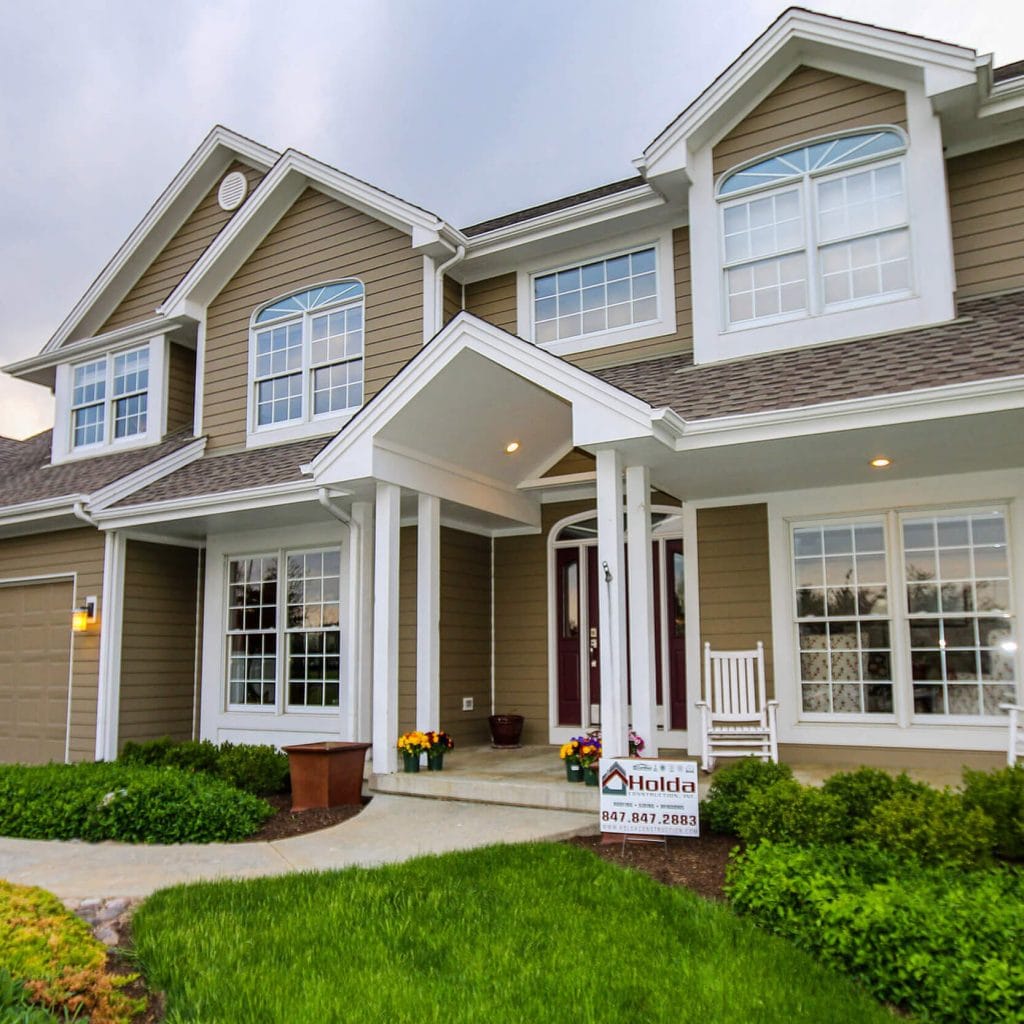
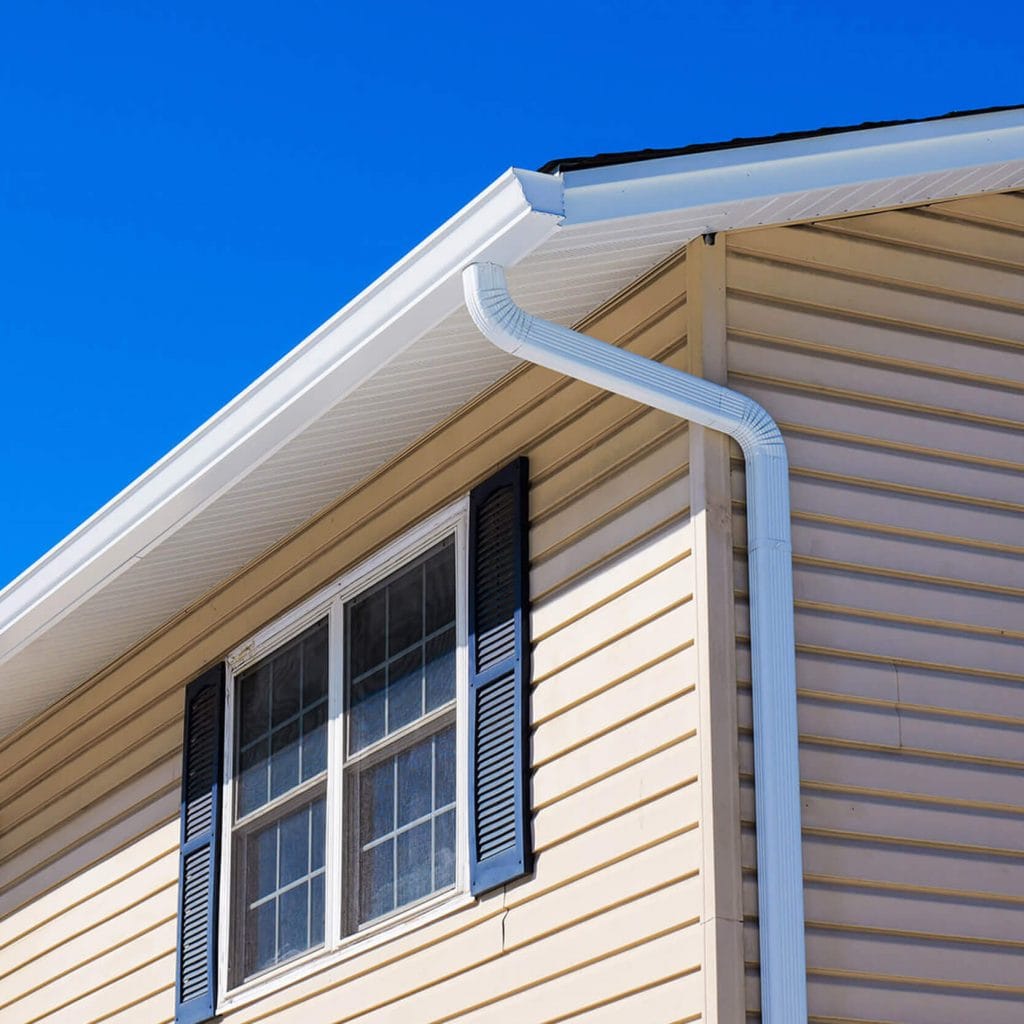
Within each material type, there are often different grades. Thicker or more premium-grade siding costs more upfront, but is usually more durable.
For instance, vinyl siding might come in an economy 0.40-inch thickness versus a premium 0.50-inch thickness – the thicker will cost more per sq. ft. Similarly, wood siding grades (clear heart cedar with no knots versus a common grade with knots) have different costs.
While premium grades might add up to twice as much in material cost, they often offer benefits like better fade resistance, longer warranties, or more realistic textures. Your budget and how long you plan to stay in the home can help determine if upgrading the material quality is worth it.
Labor typically makes up a large portion of the project cost – often around 40%–50% of the total.
Siding contractors may charge $40 – $80 per hour, or quote $2 – $6 per square foot for installation labor. This can vary by region and the crew’s experience. If a material is particularly difficult to work with, labor charges go up. For example, the labor to install brick veneer might be quoted around $2 – $8 per sq. ft. just for the masonry work, whereas labor for simpler vinyl might be at the lower end of the spectrum.
Expect higher labor rates if your project requires specialists (e.g., masons for stone or brick, or if it’s a historical restoration). Also, the crew running into surprises (like discovering rotten structure that needs repair underneath) can add time/cost.
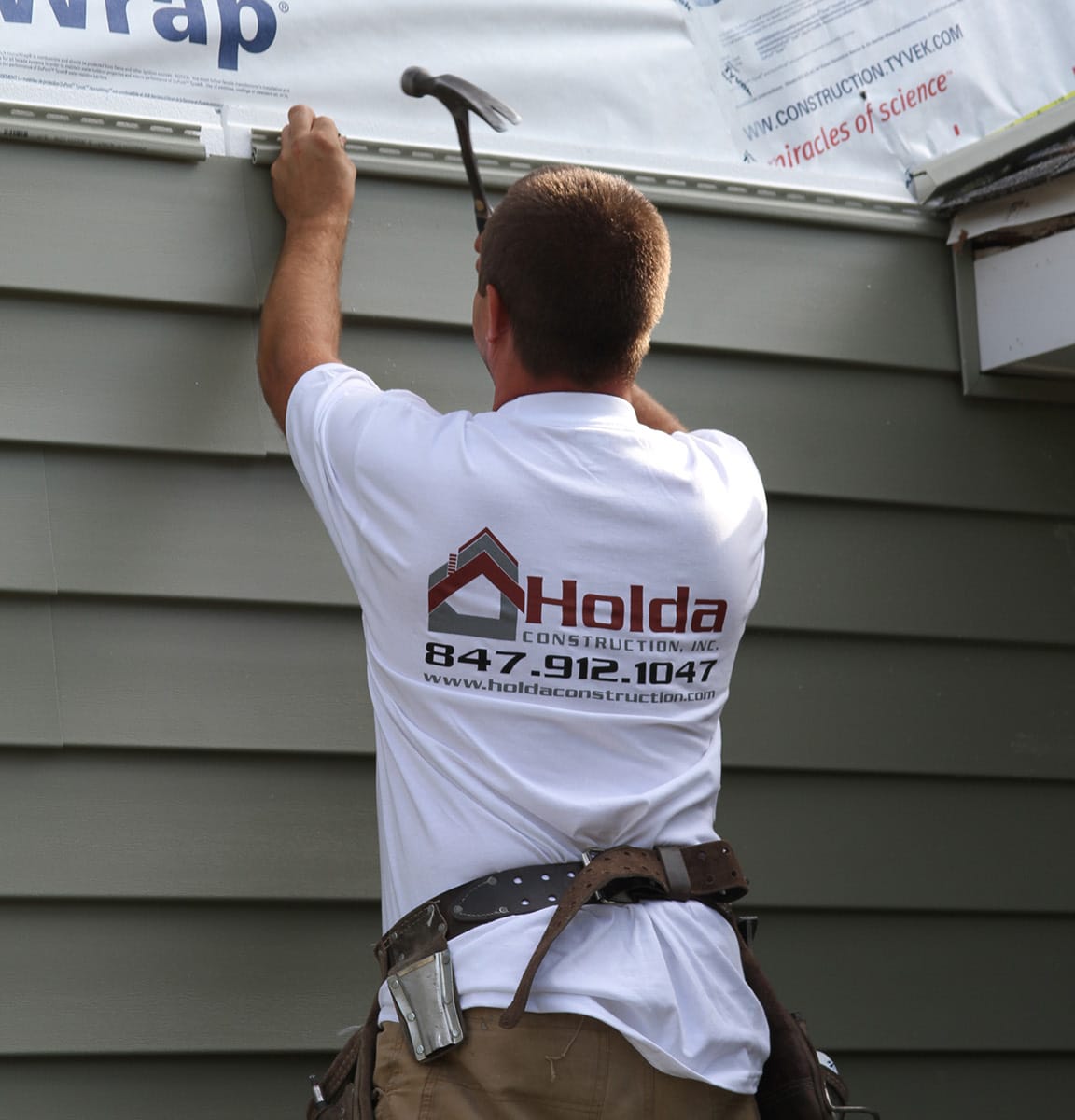
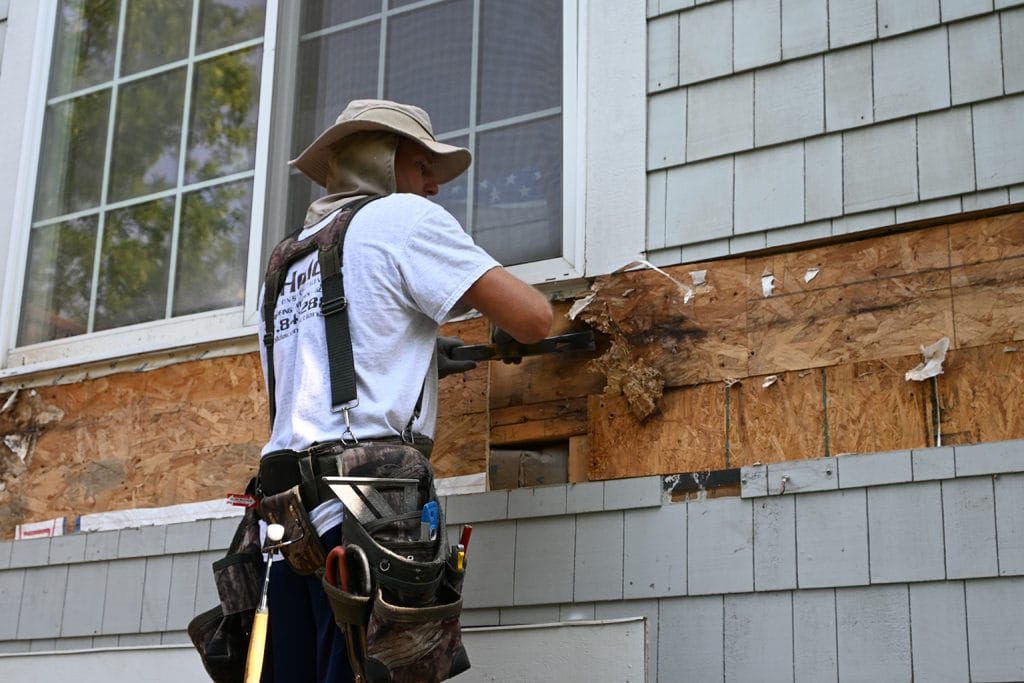
Don’t forget to factor in the cost of tearing off your old siding, if applicable. Stripping off old siding and disposing of the debris typically costs about $0.70 – $2.00 per sq. ft. extra. So, for a 2,500 sq. ft. home, that could be $1,750–$5,000 just to remove the existing material.
Removing heavier cladding like brick or stone is even more – taking brick off a house runs around $3 – $6 per sq. ft. (including disposal). If the existing siding is in bad shape (rotting wood, etc.), removal is often absolutely necessary to inspect the underlying sheathing.
After removal, there might be costs to repair any damage underneath (replace rotten plywood, add new house wrap, etc.). Most siding jobs will include wrapping the house in a moisture barrier before the new siding goes on. Keep in mind, old siding that contains lead paint or asbestos requires special handling: for example, professional asbestos siding removal can cost $7 – $10 per sq. ft. due to the safety procedures.
Always discuss with your contractor if removal is included in the estimate; many won’t install new siding over old unless certain conditions are met, because issues can be hidden.
Replacing the siding on a house usually requires a building permit from your city or county. Permit fees can range widely – often around $100–$300 for a residing job, but in some areas or for very large projects it could be more. Some locales might charge based on the project valuation, which for a $20k siding job could mean a higher permit fee (in the $500+ range). In rare cases, total permit costs might approach $1,000 or more (for example, in big cities or areas with high permit costs).
Be sure to check local requirements; your contractor often handles the permit. After the job, the city may require an inspection to sign off that the siding was installed correctly and meets code. Inspection fees might be included in the permit or be an additional ~$100.
Faux-stone or -brick panels sometimes are exempt from permits in certain jurisdictions (since they can be considered decorative), but you should always verify. It’s important not to skip the permit if required – unpermitted work can cause issues when you go to sell the house or if something fails.
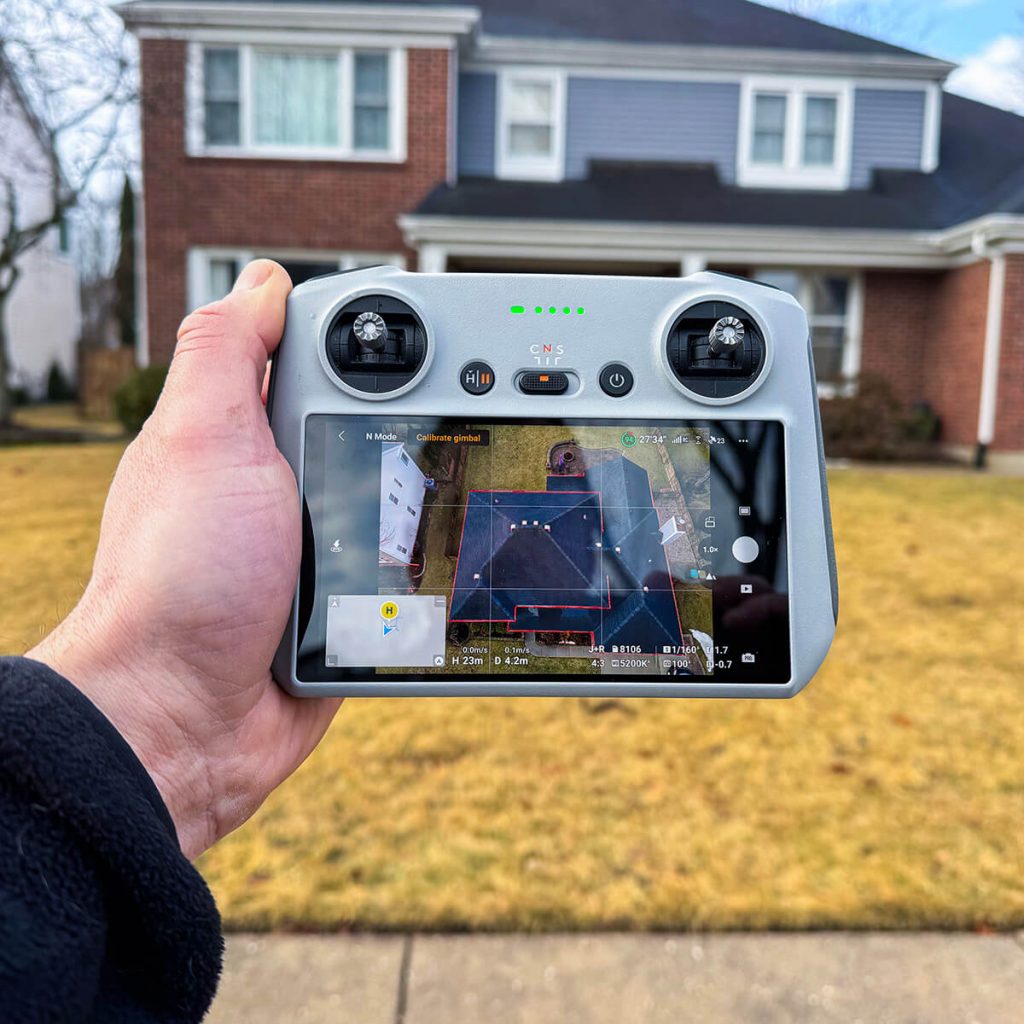

Siding contractors tend to have a busy season from late spring through early fall (when weather is best for exterior work). If you schedule your siding project in the peak of summer, you might not get much of a discount because crews are busy. However, in the off-season (late fall or winter), contractors in cold climates may lower prices or be more open to negotiation just to keep crews working.
If you live in a mild climate where siding can be done year-round, the seasonal effect is less. But in four-season areas, consider planning your siding for spring or fall – the weather is workable and you might avoid the summer rush prices. Just be cautious about deep winter installs in very cold areas; some materials (and installers!) don’t love frigid temps, though it may be done.
If your walls lack insulation or you want to boost efficiency, you can add insulation under the new siding. Rigid foam board installation costs about $1.00 – $4.50 per sq. ft. depending on type and thickness. There’s also insulated siding (as mentioned with vinyl) which costs more per sq. ft. but might save on separate insulation + standard siding labor.
Approximately $0.50-$1.00 per square foot, suitable for mild climates.
Roughly $1.00-$1.50 per square foot, offering moderate thermal protection.
Around $1.50-$2.00 per square foot, ideal for colder climates.
Approximately $2.00-$2.50 per square foot, providing the highest level of thermal protection and energy efficiency.
Re-doing your siding often ties into other exterior elements. New trim around windows/doors, and the soffit & fascia boards (the horizontal and vertical boards at the roof eaves) can freshen the look and seal the edges of the siding job. The cost to replace soffits and fascia runs about $9 – $34 per linear foot (combined) or roughly $900 – $6,800 for an entire home’s eaves (depending on material and complexity). If you choose to wrap window and door frames with metal or vinyl-coated aluminum (common with vinyl siding jobs to avoid future painting), there will be an extra charge typically per opening or per foot of trim.
$1.00-$2.00 per linear foot, durable and low maintenance.
$2.00-$4.00 per linear foot, offering a wood-like appearance with better durability.
$3.00-$5.00 per linear foot, extremely durable and weather-resistant.
$2.50-$5.00 per linear foot, resistant to moisture and rot, ideal for high-moisture areas.
For siding that needs painting (wood, fiber cement if not pre-finished, etc.), you’ll need to factor that in. Hiring a painter to paint exterior siding costs about $1 – $4 per sq. ft., which is roughly $2,000 – $6,000 for an average house.
If you are switching colors dramatically, you might need multiple coats. Brick, stucco, or stone can also be painted or stained, but these require special breathable masonry paints or stains, which can be pricey. For example, painting a brick house runs about $2,000 – $8,000. Using elastomeric (stretchy) paint on stucco or specialized coatings can even double the painting cost compared to painting wood, because the material cost is higher and it often needs professional application.
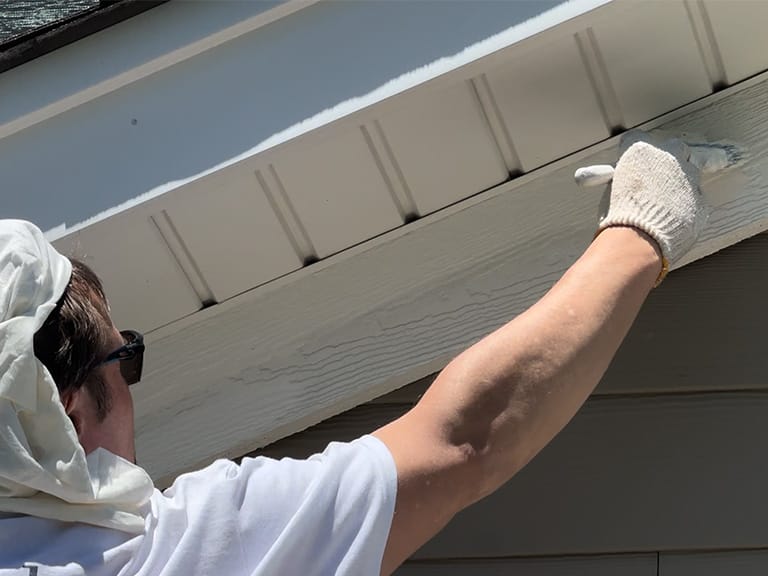
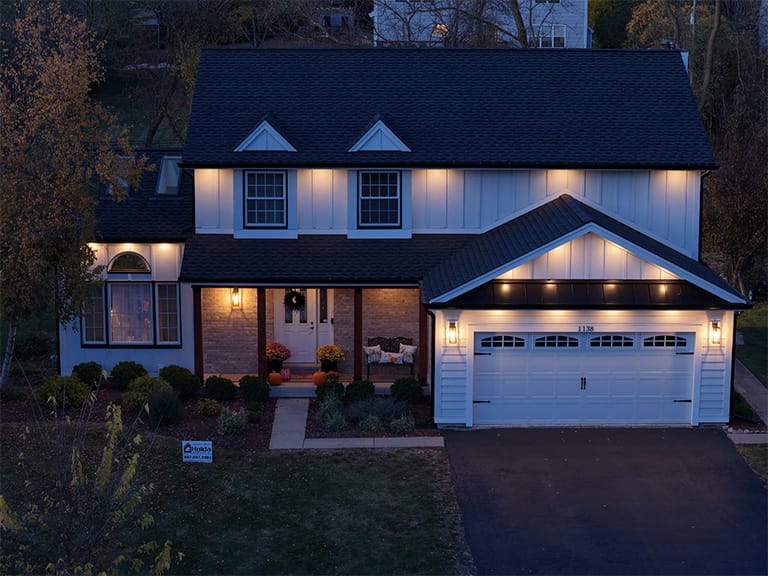
If you opt for decorative siding patterns (like scalloped shingles on gables, or a herringbone pattern), expect higher labor costs due to the meticulous work. Even something like cedar shake shingles typically costs 30% more to install than horizontal siding, because each piece is smaller and installation is slower.
Any architectural trim or features (decorative eaves, crown molding details in the trim, etc.) will also add material and labor. Some people mix materials – e.g., stone on the lower half, siding above. This can actually save money (using pricey stone just as an accent), but note that the transition and extra planning can add a bit of cost (flashing the transition, trim pieces, etc.).
Finally, accessories like vents, light fixture mounting blocks, dryer vent covers, etc., might be needed and add small costs. These are often nominal, but worth mentioning so you plan for them.
Whether you’re planning a full siding replacement or just need a few repairs, understanding the cost factors involved is the first step toward making a smart, confident decision for your home.
At Holda Construction Roofing & Siding, we believe in complete transparency — no hidden fees, no surprises. Our team is here to guide you through every stage of the process, from helping you choose the right material for your budget to providing detailed written and video estimates. We’ve helped homeowners across Chicago’s Northwest Suburbs protect and enhance their properties with expert craftsmanship and honest pricing.
If you’re ready to explore your options or want a personalized quote, we invite you to reach out or schedule a consultation today. Let’s build something strong, beautiful, and lasting — together.
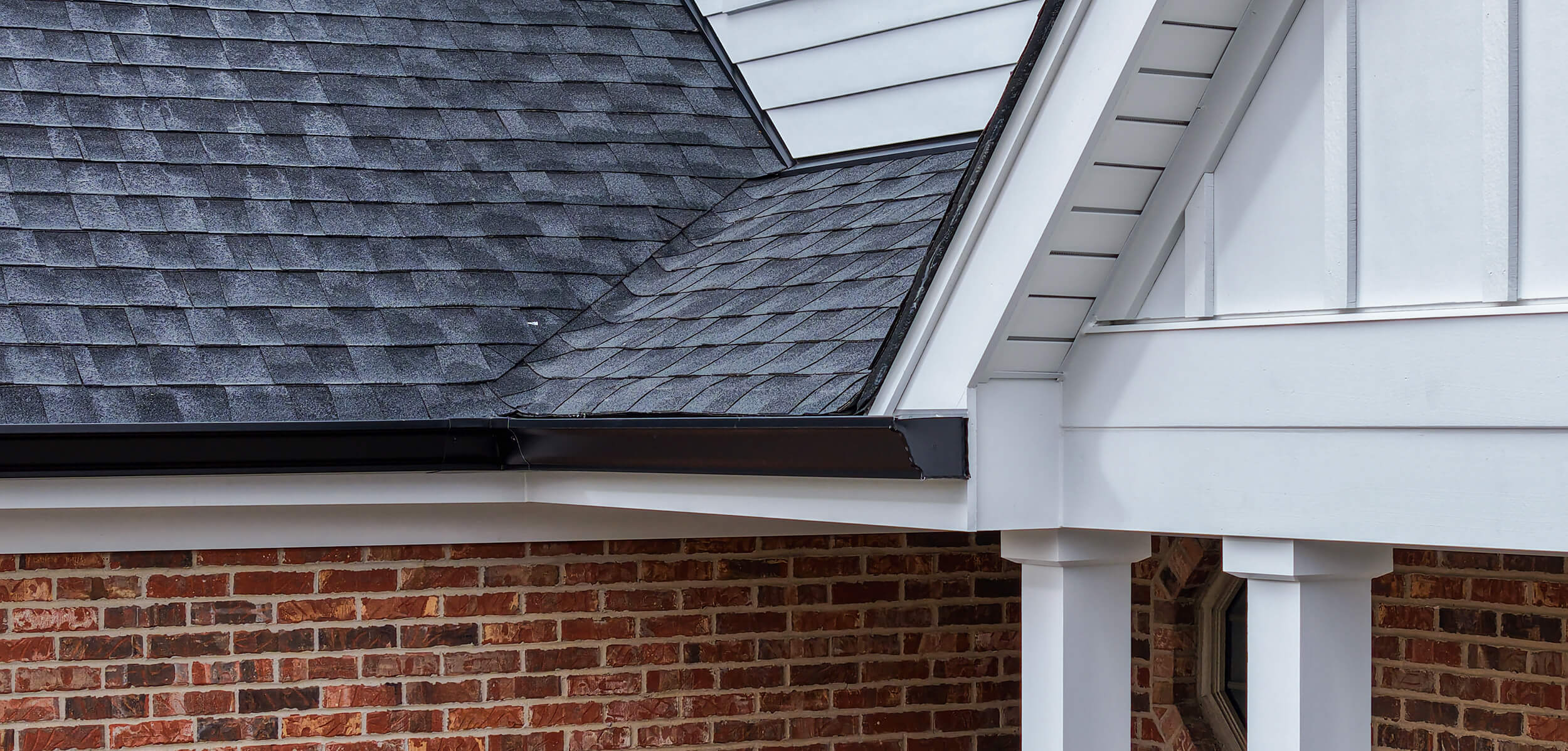
5 / 5
For a FREE quote, to schedule an inspection, or simply to have your questions answered, complete the form below. We’re happy to help!
With over twenty years in business and hundreds of satisfied customers, we know what it takes to properly maintain a home. Join the family of satisfied homeowners who trust Holda Construction Roofing and Siding for all their roofing and siding needs.
We look forward to working with you!
Address
317 W Colfax St. Suite 102
Palatine, IL 60067